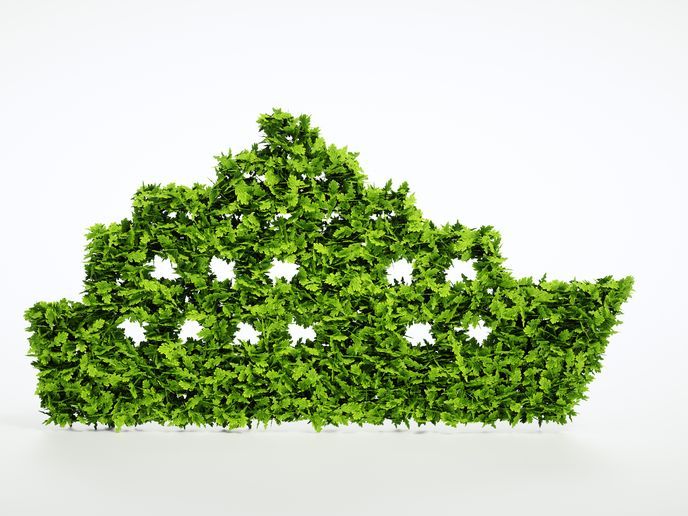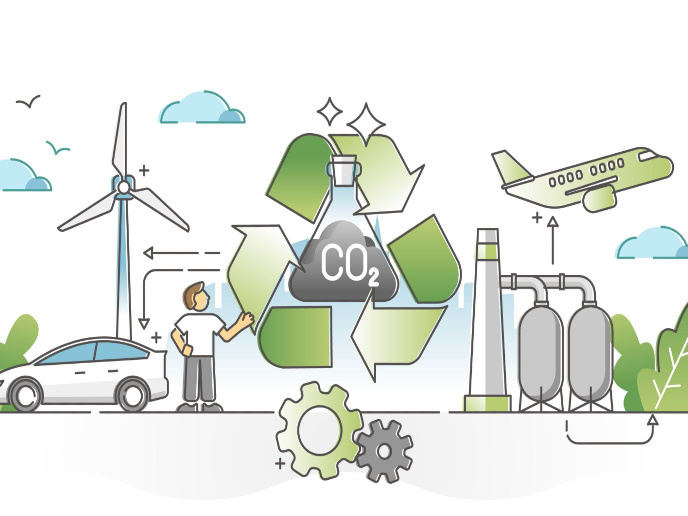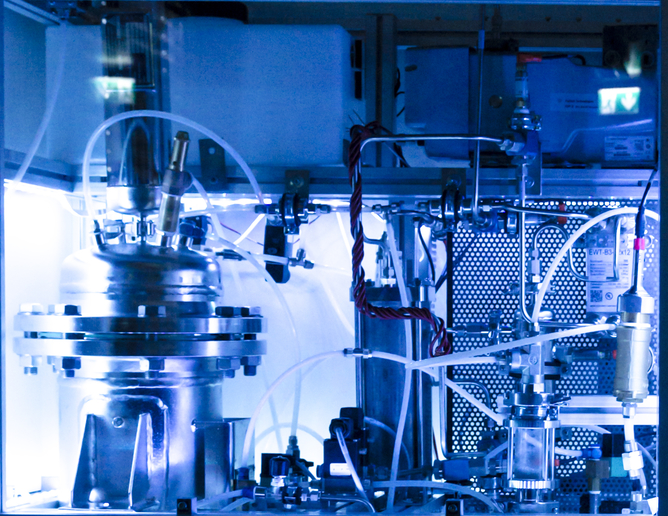Cheap fuel from sugarcane
Second-generation biofuels are made from lignocellulosic biomass from sugarcane and offer a promising clean alternative to existing fossil fuels. However, a number of hurdles prevent second-generation biofuels from being commercialised and fully exploited. Sugarcane bagasse, the fibrous material by-product of crushed stalk, as well as sugarcane tops and leaves (straw) are examples of lignocellulosic biomass. The EU-funded 'Conversion of sugar cane biomass into ethanol' (Canebiofuel) project aimed to advance the current state of the art by creating new fundamental knowledge on these components in sugarcane. The key objective was to create a scientific and technological platform for converting sugarcane biomass into fermentable sugars and to further integrate this process with existing production of first-generation ethanol. For this purpose, partners planned to obtain a deeper knowledge about the structural components of sugarcane biomass and the impact of pre-treatment and enzymatic hydrolysis. Pre-treatment involves opening the lignocellulosic fibre structure, and exposing it for subsequent enzymatic hydrolysis. Hydrolysis introduces an enzyme catalyst that releases the fermentable sugars from the more complex carbohydrates. The aim of the Canebiofuel project was to identify which part of sugarcane biomass was the most acceptable for an enzyme-based conversion technology to produce biofuel. After collecting over 200 tonnes of sugarcane in Brazil, consortium partners used chromatographic and spectrometric methods to analyse the chemical compositions of biomass fractions. Experiments on the treatability of the sugarcane fractions revealed that straw was easier to hydrolyse and ferment, most likely reflecting its different composition and morphology to bagasse. Importantly, Canebiofuel was able to narrow down the best performing enzyme cocktails required for optimal conversion of these materials to bioethanol. As expected, cost modelling showed that it is difficult to match the ethanol cost in first-generation sugarcane conversion without subsidies. However, it was found that the production cost of second-generation ethanol is comparable to EU starch-based ethanol production, indicating it could be economically viable. The outcome of the Canebiofuel project has important ramifications for the energy industry. It was found that a typical sugarcane harvest in Brazil could produce up to 90 million tonnes of straw, indicating a massive fuel potential for this sugarcane 'waste'. Most importantly, ethanol fuel production could significantly increase without using more land.







